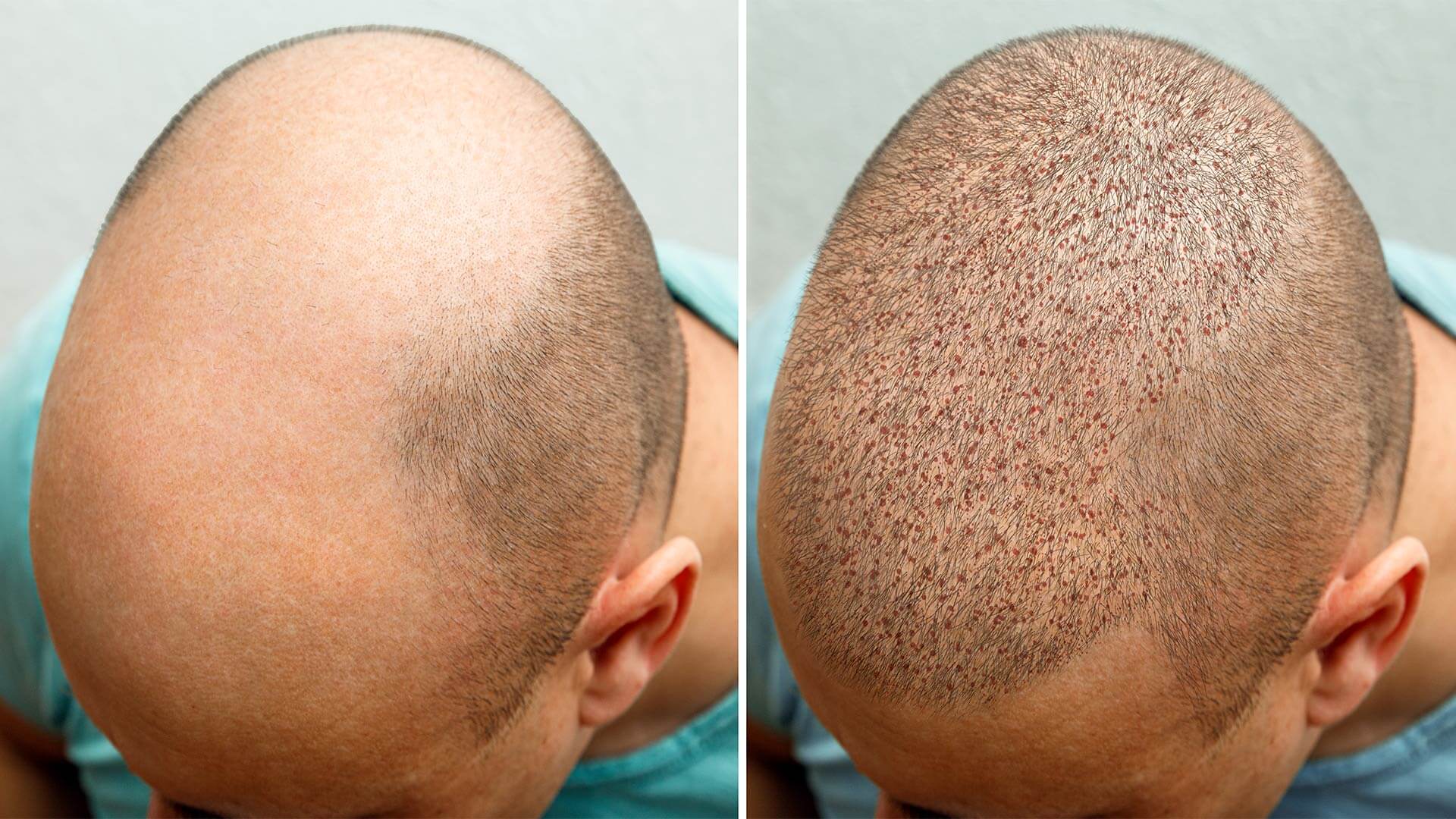Cozmoderm Clinic | Best Dermatology Clinic For Skin and Hair Care In Nagpur
Hair Transplant In Wardha
Home / Hair Transplant In Wardha

Hair Transplant In Wardha
A hair transplant in Wardha is a procedure in which a plastic or dermatological surgeon moves hair to a bald area of the head. The surgeon usually moves hair from the back or side of the head to the front or top of the head. Like good health and youth, most of us take our locks for granted — that is, until they’re gone. For many people, a hair transplant can help bring back what looks like a full — or at least a fuller — head of hair.
What is hair transplant ?
It’s a type of surgery that moves hair you already have to fill an area with thin or no hair. Doctors have been doing these transplants for many years, but techniques have changed a lot in recent years. You usually have the procedure in the doctor’s office. First, the surgeon cleans your scalp and injects medicine to numb the back of your head. Your doctor will choose one of two methods for the transplant: follicular unit strip surgery (FUSS) or follicular unit extraction (FUE).
With FUSS, the surgeon removes a 6- to 10-inch strip of skin from the back of your head. They set it aside and sews the scalp closed. This area is immediately hidden by the hair around it.
Hair transplants in Wardha typically occur in a medical office under local anesthesia.
Pattern baldness is responsible for the majority of hair loss. This comes down to genetics. The remaining cases are due to various factors, including:
- diet
- stress
- illness
- hormonal imbalance
- medications
Hair Transplant procedure
You can expect a hair transplant in Wardha to take between four and eight hours. If you are having a large amount of hair transplanted, you may need to return for a few hours the next day.
Most patients remain awake during the entire surgery and need only an anesthesia that makes the scalp numb. Some patients also take a mild sedative to help them relax.
The surgery begins with your dermatologist removing the healthy hairs. To give you natural-looking results, your dermatologist may remove the healthy hairs by either cutting a strip of skin with healthy hairs from your scalp or removing individual hairs.
The second option takes a lot more time, but avoids leaving a long, narrow scar on your scalp. This can be beneficial if you prefer close-shaven haircuts like buzz cuts.
Before the surgeon can transplant the hairs, technicians need to prep the removed hairs and the surgeon must get your scalp ready for the transplant.
Depending on the number of hairs to be transplanted, two to three members of the hair transplant team may help place the healthy hairs into the area that needs hair. Once all the hairs have been transplanted, your scalp will be bandaged and you will be given instructions for at-home care.
Expectations and Recovery
After the surgery, your scalp may be very tender. You may need to take pain medications for several days. Your surgeon will have you wear bandages over your scalp for at least a day or two. They may also prescribe an antibiotic or an anti-inflammatory drug for you to take for several days. Most people are able to return to work 2 to 5 days after the operation.
Within 2 to 3 weeks after surgery, the transplanted hair will fall out, but you should start to notice new growth within a few months. Most people will see 60% of new hair growth after 6 to 9 months. Some surgeons prescribe the hair-growing drug minoxidil (Rogaine) to improve hair growth after transplantation, but it’s not clear how well it works.
